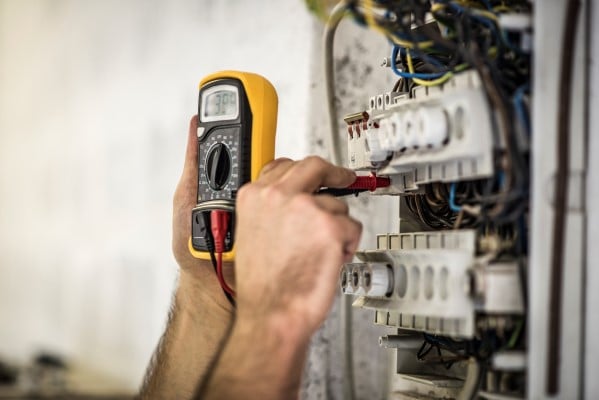
The European safety standard on insulation coordination for electrical equipment has just been made more user-friendly. This blog post looks at what’s covered and what’s new.
Insulation coordination is basic to the safety of electrical equipment. It’s the mutual correlation of the insulation characteristics of equipment, taking into account the expected micro-environment and other influencing stresses.
BS EN IEC 60664-1:2020 Insulation coordination for equipment within low-voltage supply systems. Principles, requirements and tests is a newly revised standard dealing with insulation coordination for equipment having a rated voltage up to AC 1 000 V or DC 1 500 V connected to low-voltage supply systems.
This standard applies to frequencies up to 30 kHz and equipment for use up to 2 000 m above sea level (though the standard also provides guidance for use at higher altitudes). It includes methods of electrical testing with respect to insulation coordination.
The standard provides requirements for technical committees to determine clearances, creepage distances and criteria for solid insulation. Other users will be found in power management and energy distribution companies; power resistor design and technology companies; and earthing, overload and lightning protection system manufacturers.
The standard will also be used by electric and electronic equipment and component manufacturers in multiple fields. This could include in heating and welding companies, by refrigeration/air conditioning providers, by lighting manufacturers and for automotive and rail transport applications.
Regularly reviewed
All standards are regularly reviewed to check that their content remains relevant. When BS EN 60664-1 received its latest review, it was felt that the standard – which was last revised in 2007 – needed to be updated. The whole text then underwent a technical revision.
The intention of the revisers was not to make any fundamental changes to the standard – which didn’t need it – but just to bring it up to date. At the same time they wanted to take the opportunity to correct some editorial mistakes in the 2007 version; and to improve the standard further by making it more reliable, easier to read, easier to understand and easier to use.
To those ends, the 2020 edition includes a number of significant technical changes. These include that the scope of the standard has been updated, as have Clauses 2 and 3 on normative references, and terms and definitions respectively.
In addition, 1 500 V DC has been added into tables, and Clauses 4 and 5, on basic technical characteristics for insulation coordination and design for insulation coordination respectively, have been given a new and clearer structure.
Two new annexes have been added: one with a flowchart for clearance distances; the other with a flowchart for creepage distances. Finally, distances altitude correction has been updated and placed into a new table.
The result is a standard that provides the best and safest internationally-agreed design solutions. These are often also low-cost. It will help users to trade, innovate and develop their expertise, and above all to make electrical equipment safer.